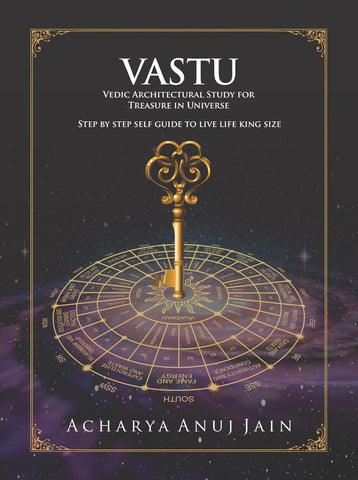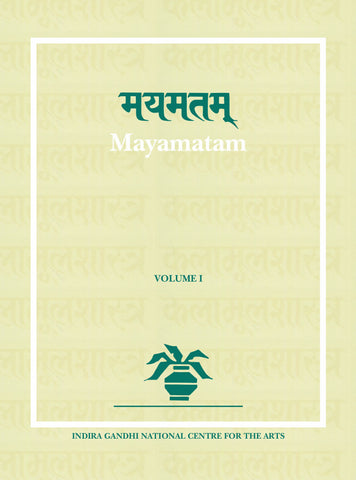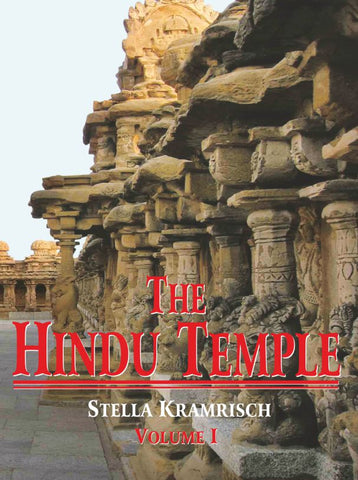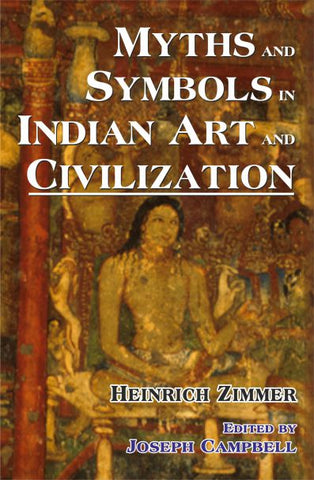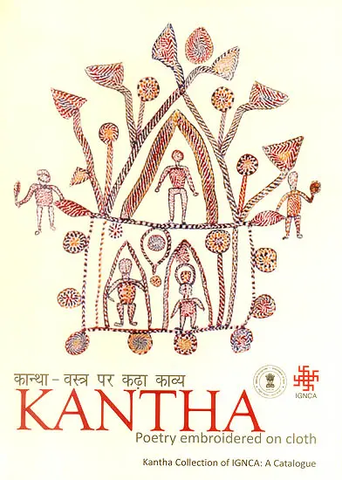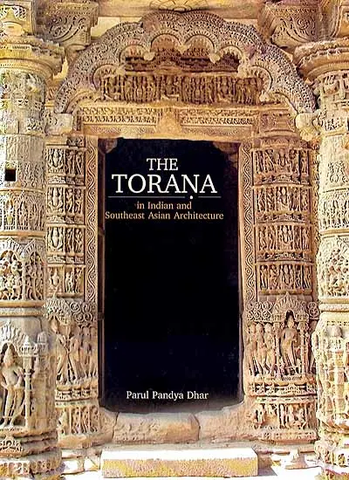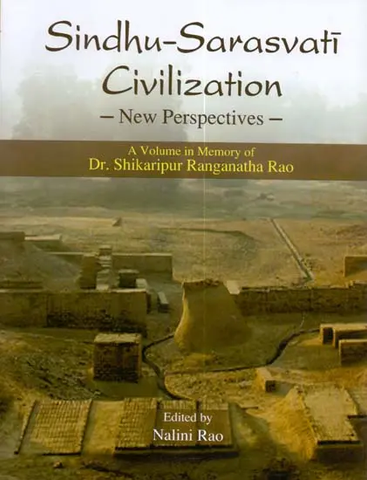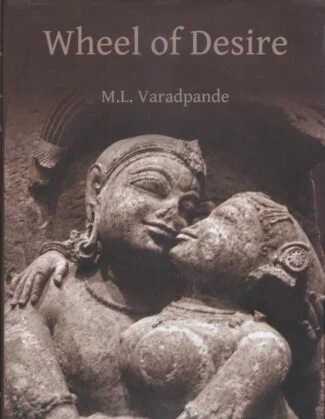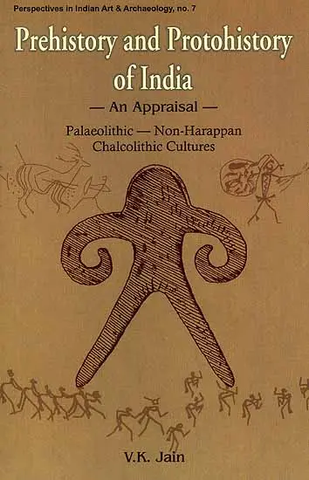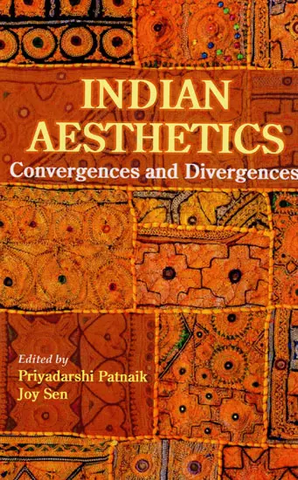Your cart is empty now.
BHUBANESWAR, the capital of Orissa, is and has been, since times immemorial, one of the most important holy cities of India. In this city of Shiv, Lord of the Three Worlds, once stood more than 7,000 shrines representing nearly nine centuries of temple-building. Even now there is quite a number of them so that the city is a veritable museum of Art and Religion. About half a dozen of the surviving temples count among the foremost in India, and each of them is a jewel in its own class. Such are the Parshurameshwar, the Vaital Deul, the Mukteshwar, the Rajarani, the Brahmeshwar, and the Lingraj. The Lingraj is, of course, regarded by many as the greatest extant temple of the Hindus. Wondrous as is the architecture of the place, the sculpture that these temples display is equally marvelous. If, after the Classical Age, the classical touch has been re-captured anywhere, it is here, in Bhubaneswar. The Orissan artist has shown a restraint that is as amazing as the abandon with which the carving has been done. Since, at one stage of development of the Orissan temple, architecture became but sculpture on a gigantic scale, Bhubaneswar offers monuments that are carved so profusely that not an inch of the surface is without embellishment. Most skilfully executed, the lavish ornamentation has an astonishingly wide variety of motifs, ranging over all that the universe contains-floral and vegetal, animal and human, demoniac and divine. The themes include a fetching array of fragrant females as well as finely sculpted mithuns.
This book has been in the making for a long while, for nearly a decade, ever since I first saw Bhubaneswar and its great temples in connection with the work of my Holy Cities of India. Not the germ, no nascent notion that was to grow later, but a definite resolve to do a study of the amazingly rich monuments of this temple-city of the Hindus was formed then. That the book should have taken ten years to see the light of the day, proves nothing. After all, the temples there took centuries to be; and there are so many of them, and some of them such gems and jewels—and giants! and they constitute a most valuable chapter of the history of the temple art, especially, of the Nagara variety of temples. The philosophic concepts, the canons of architecture, the exuberant sculpture, the million and one details that make up the total tale—how can one do justice to all this? No, an appraisal of Bhubaneswar’s temples and sculptures is not an easy task. Indeed, the wonder is that one should have been able to complete any study thereof.
Considering their chronology, a study of Bhubaneswar should have appeared before and not after my books on Khajuraho and Konark. In a way, it did, for the Holy Cities of India dealt with Bhubaneswar also and examined its temples—rather cursorily, no doubt. As I stated above, it was then that an intense interest in Bhubaneswar’s temples grew in me. For the many-splendoured and truly magnificent Lingraj, that perfect monument, in particular, I felt a love at first sight which has lasted without abatement.
Compared to many other Indian places and towns, Bhubaneswar is hoary with age. Of course, in the total story of man, it's a few thousand years hardly count. But measuring the period of its existence against the length of human civilization, it is an ancient city, certainly. Its roots are long and deep. Because of its holy associations as Ekamra tirtha or kanan, one-mango grove, it has received the zeal and devotion of the king and commoner for tens of centuries. Countless temples were raised in the past to Shiv, the City’s presiding Deity, many of which have withstood the onslaught of Time, and the installations are, in many a case, intact. In the meanwhile, Man has apparently discarded the old gods and adopted new ones. Thanks to scientific and technological progress, he has made it to the Moon and with his nuclear weapons, alas ! to the edge of Doom also. Torn and tortured, he seeks peace and finds it not. He needs strength to bear whatever may come; instead, his hands tremble, and his heart sinks with fright at the prospect, for true faith is lacking.
In his celebrated account of the region, published nearly 150 years ago, Andrew Stirling wrote about Bhubaneswar as follows:
"If we are to judge of its extent and populousness, during the period that it formed the seat of government of the Rajas of the Kesari Vansa, from the almost countless multitude of temples which are crowded within the sacred limits of the Panj Kosi, we might pronounce it to have been, in the days of its splendor, one of the greatest cities which India ever saw. Standing near the Chief Pagoda, one cannot turn the eye, in any direction, without taking into the view upwards of forty or fifty of these stone towers. The natives say that there were originally more than seven thousand places of worship consecrated to Mahadeo, within and around the city of Bhobane ser containing no less than a crore of lingams, and the vestiges that remain, fully warrant a belief, that the place may have comprised some hundreds of buildings of this description, when in its most flourishing state."
Though time has played havoc with these symbols of the Eternal, enough still remains to justify serious inquiry whether old values are really as old and out-moded as we think. To millions, they still offer the solace that passeth the understanding of scientific minds. In any case, the advantage that Bhubaneswar. enjoys is that it is both Religion and Att. And the latter, Art, can happily serve, as it should, as a bridge between Religion and Reason. That is why the temples and sculptures of Bhubaneswar are worth seeing, worth studying, worth talking and writing about, are worth all this, any time.
A word about the pictures. There are about a hundred of these and yet a thousand would not cover the theme adequately. What is offered is, therefore, a mere sampling, an introduction to the wealth there, that should point out the salient features of architecture and sculptural decoration. Nonetheless, an attempt has been made to present, within the limitations and scope of this volume, a fairly representative visual idea of what the reader may expect to see there. Indeed, a number of seemingly unimportant items have been put in, for fuller documentation and to help those, who may not visit the place, get at a true picture of the origin, development, culmination, and decay of the temple art of Bhubaneswar.
Delivery and Shipping Policy
- INTERNATIONAL SHIPPING
- Rs.1000-1100/kg
- ESTD. Delivery Time: 2-3 weeks (depending on location)
- Bubble Wrapped with Extra Padding
- NATIONAL SHIPPING
- NCR: Rs. 30/half kg
- Standard: Rs. 80/half kg
- Express shipments also available on Request
- ESTD. Delivery Time: Ranging from 1-4 days up to 7 business days (Depending on your choice of Delivery)
- TRACKING
- All orders; national or international, will be provided with a Tracking ID to check the status of their respective orders
- Depending on the Shipping Service, Tracking ID may be used on their respective tracking portals
Frequently Asked Questions (FAQs)
Domestic Shipping: 3-4 Days (after shipping)
International Shipping: 1-2 weeks (based on your location)
You will receive an email once your order has been shipped or you can email us if you didn't receive tracking details (info@mlbd.co.in)
Every book that we sell is the latest edition except all the rare books
Yes, we do provide free shipping, only on domestic orders (within India) above Rs.1500









